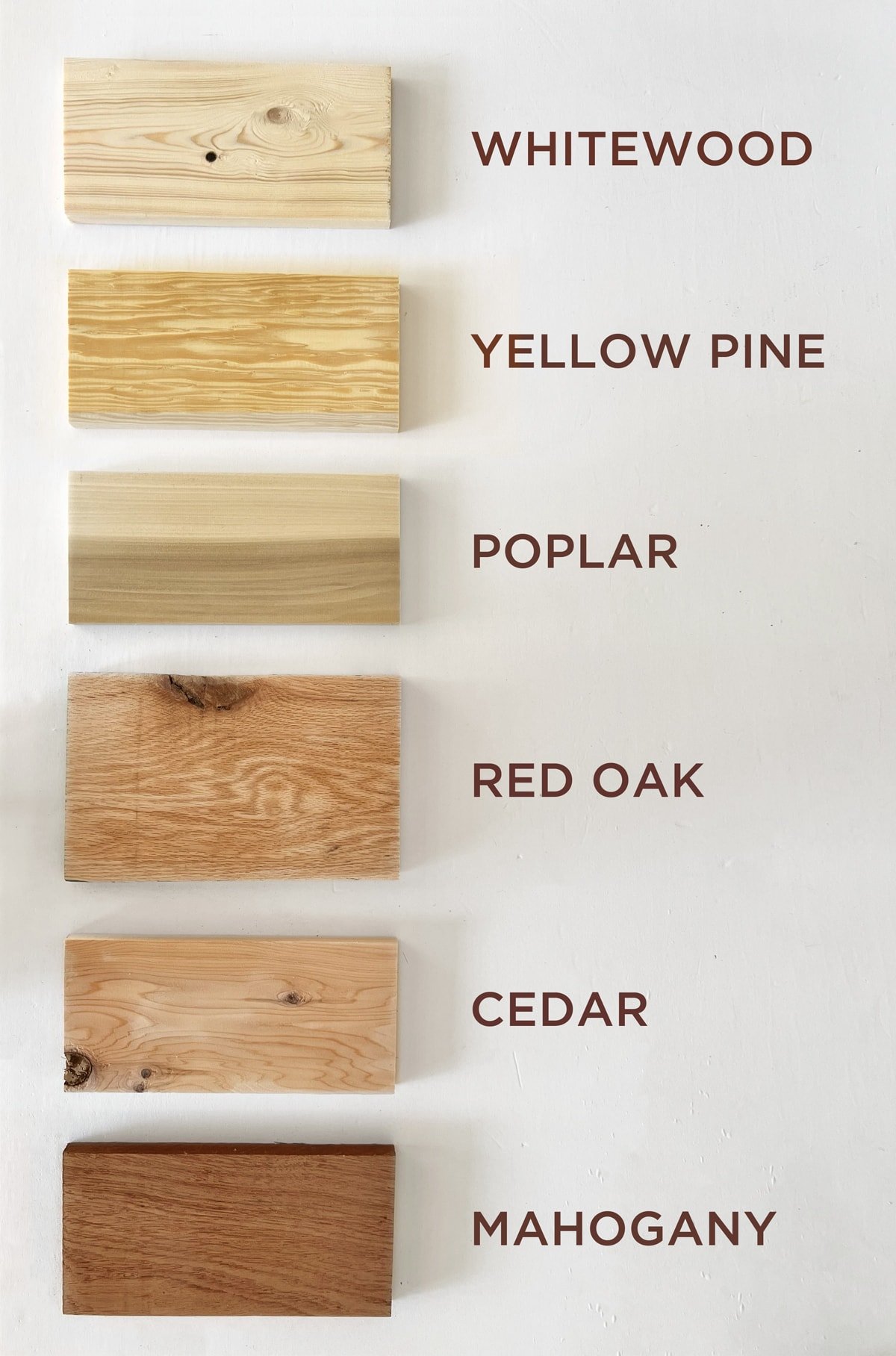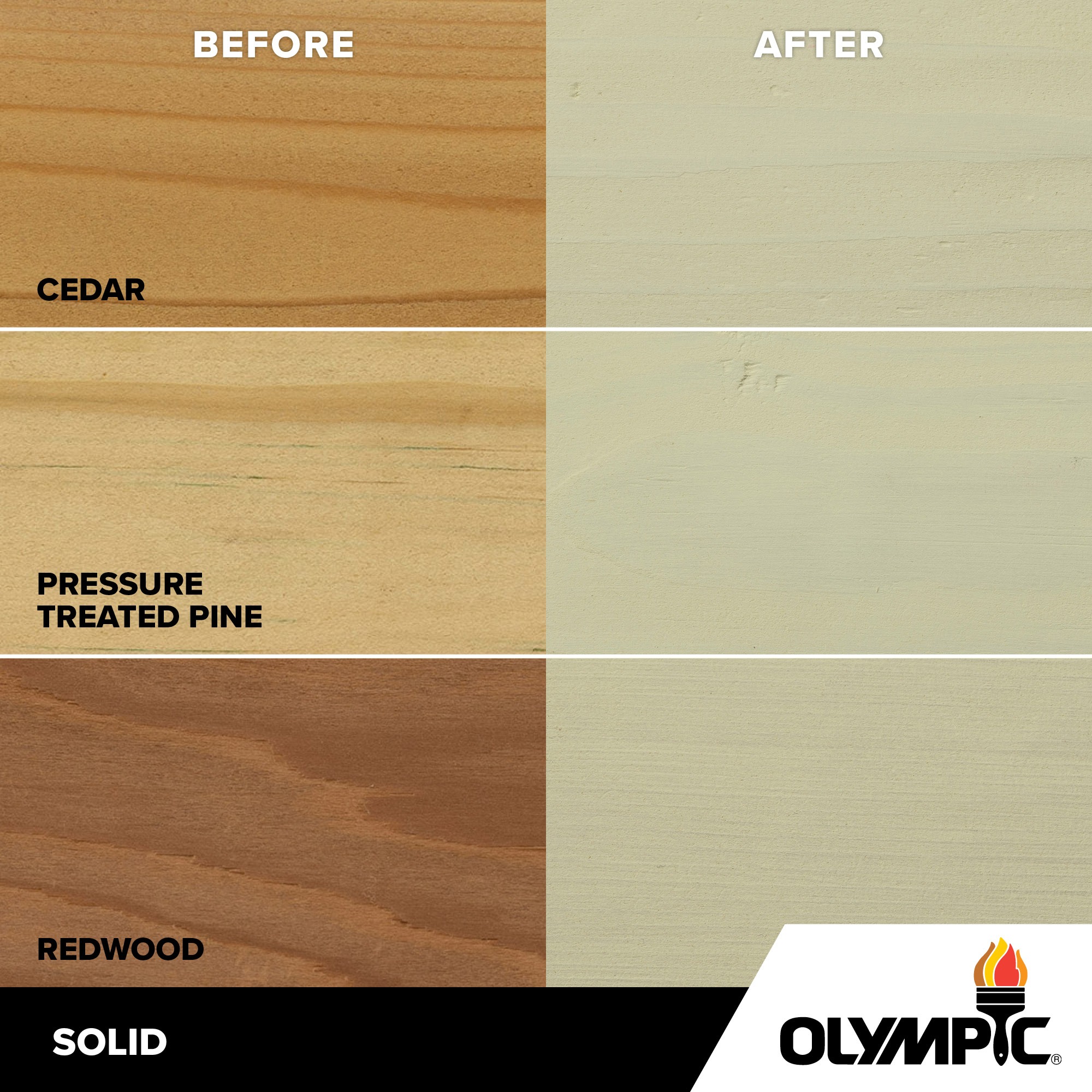Choosing the right type of wood for your project can feel like a daunting task, especially when you’re faced with options like whitewood and cedar. You might be wondering which one is better suited for your needs, offering both durability and aesthetic appeal.
If you’re searching for answers, you’re in the right place. Imagine effortlessly enhancing your living space or crafting a project that stands the test of time. Knowing the differences between whitewood and cedar can transform your decision-making process. Let’s dive into the specifics, giving you the confidence to choose the perfect wood for your next endeavor.
Keep reading to unlock the secrets behind these two popular choices, ensuring your project is both stunning and reliable.

Credit: abetterfencecompany.com
Wood Characteristics
Whitewood is known for its light color. It often has a smooth texture. Many choose it for furniture and interior projects. This wood is quite affordable. It can be easy to paint. Whitewood is less durable than cedar. It may warp with moisture. Softness makes it easy to work with. It is a good choice for simple projects.
Cedar is popular for its rich color. It has a distinctive aroma. Many use cedar for outdoor projects. Cedar is resistant to insects. It does not rot easily. Its natural oils help protect it. Cedar is strong and durable. Often used for decking and fences. Cedar requires less maintenance.

Credit: www.jennasuedesign.com
Durability Factors
Cedar is known for its natural resistance to decay. It contains oils that protect it from rot. These oils are like shields. Whitewood, on the other hand, lacks these oils. This makes it less resistant to decay. Cedar lasts longer in wet conditions. Whitewood may rot faster. Cedar is the better choice where decay is a concern. Its durability is trusted.
Cedar handles weather well. It stands strong in rain and sun. Its oils protect it from harm. Whitewood struggles with harsh weather. It can warp or crack. Cedar remains stable in changing climates. Its strength comes from its structure. Cedar is reliable in tough weather. Whitewood needs more care.

Maintenance Requirements
Whitewood needs regular care to stay strong. Cleaning it often keeps it looking nice. Dust it with a soft cloth every week. Check for scratches and fix them fast. Seal it to protect from water and sunlight. Apply a wood polish to keep it shiny. Avoid using harsh cleaners; they can harm the wood. Keep it dry to stop rot.
Cedar is easy to care for. It is resistant to bugs and rot. Wash it with soapy water when dirty. Rinse well and let air dry. Sand it if the surface gets rough. Oil it to keep it smooth. Do not paint; it blocks the wood’s natural oils. Seal it yearly for long-lasting beauty. Protect from heavy rain and snow.

Credit: www.olympic.com
Cost Considerations
Whitewood often has a lower price. It is more budget-friendly. This makes it a popular choice. Many choose it for quick projects. Cedar is more expensive. But, it offers more benefits. Its cost reflects its quality. People often pay more for its beauty. Cedar’s price might be high, but worth it.
Cedar lasts a long time. It resists bugs and rot. This means fewer repairs. Over time, this saves money. Whitewood needs more care. It may not last as long. Repairs can add up in cost. Cedar often holds its value better. Many see it as a smart buy.
Environmental Impact
Whitewood grows fast and is easy to find. It is often used for furniture and building. It does not need much water or care. This makes it a good choice for people who care about nature. Whitewood forests can be replanted quickly. This helps keep the earth green. Its growth does not harm animals or plants around it. Many people choose it because it is cheap and sustainable.
Cedar trees grow slowly and live long. They help clean the air and provide homes for animals. Cedar wood is strong and lasts a long time. This means less need to cut more trees. It is also good for making things that stay outside. Some people say cedar smells nice. This can keep bugs away without using chemicals. Cedar is a natural choice for those who love the earth.
Best Uses For Each
Whitewood is great for indoor furniture. It is easy to work with. Lightweight and affordable, it suits many budgets. Whitewood is ideal for temporary structures. Use it for craft projects. It is also good for shelving. Easy to paint and stain, it matches any decor. Whitewood is perfect for interior trim and paneling.
Cedar thrives outdoors. Its natural oils resist rot and insects. Perfect for decking and fencing. Cedar is great for outdoor furniture. It smells nice and is durable. Use it for saunas and closets. Cedar’s beauty stands out. It needs little maintenance. Perfect for arbors and pergolas. Cedar adds charm to gardens.
Frequently Asked Questions
Is Cedar A White Wood?
Cedar is not classified as a white wood. It typically has reddish-brown hues. Its aromatic scent and durability make it popular for furniture and construction. Despite being distinct from white woods, cedar’s unique characteristics make it a favored choice in various applications.
Is Whitewood Good For Outdoor Use?
Whitewood is not ideal for outdoor use. It lacks natural resistance to moisture, rot, and insects. Exposure to elements can damage it quickly. Consider treating or sealing whitewood if used outside to prolong its lifespan. Opt for more durable woods like cedar or teak for better results outdoors.
What Wood Is Better Than Cedar?
Teak is often considered better than cedar. It offers greater durability, resistance to rot, and superior weather resistance. Teak’s natural oils provide a rich finish and long-lasting protection, making it a preferred choice for outdoor furniture and decking. Its dense grain also enhances its strength and beauty.
Is White Wood Good For A Fence?
White wood is suitable for fences due to its affordability and availability. It’s easy to paint and maintain. However, it may require regular treatment to prevent rot and insect damage. For durability, consider pressure-treated white wood, which enhances longevity and resistance to environmental factors.
Conclusion
Choosing between whitewood and cedar depends on your needs. Whitewood suits budget-friendly projects well. It’s affordable and easy to find. Cedar offers durability and resistance to decay. Ideal for outdoor use. Both woods have unique qualities. Consider your budget and project requirements.
Think about the environment where it will be used. Whitewood may need extra care outdoors. Cedar might be pricier but lasts longer. Decide based on your priorities. Both choices can work. Make the best decision for your project. Quality and cost are key.
Choose wisely and enjoy your project!

